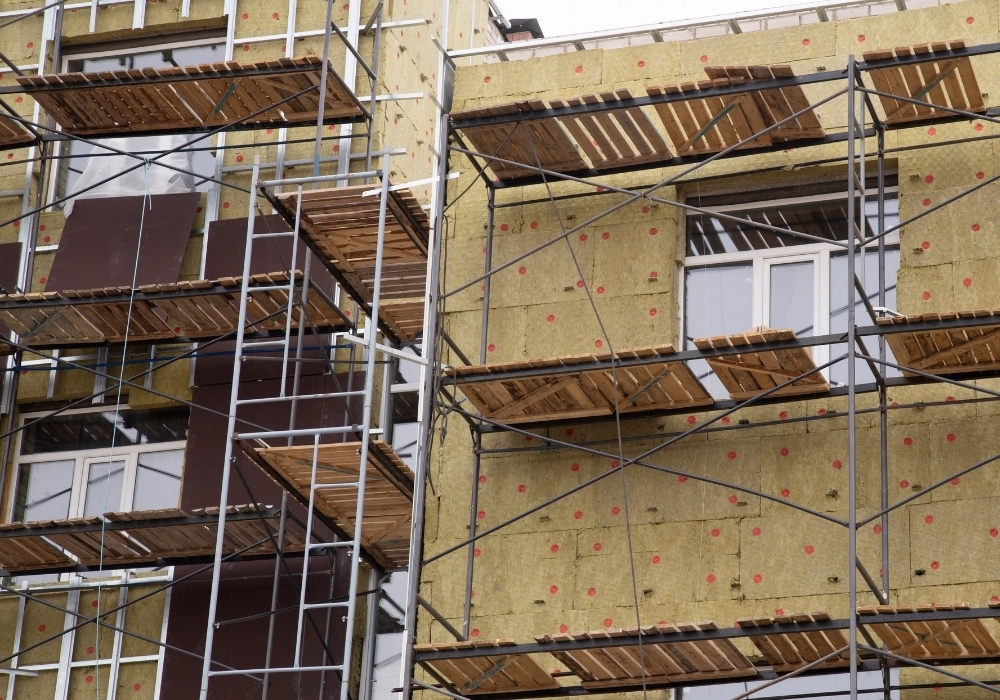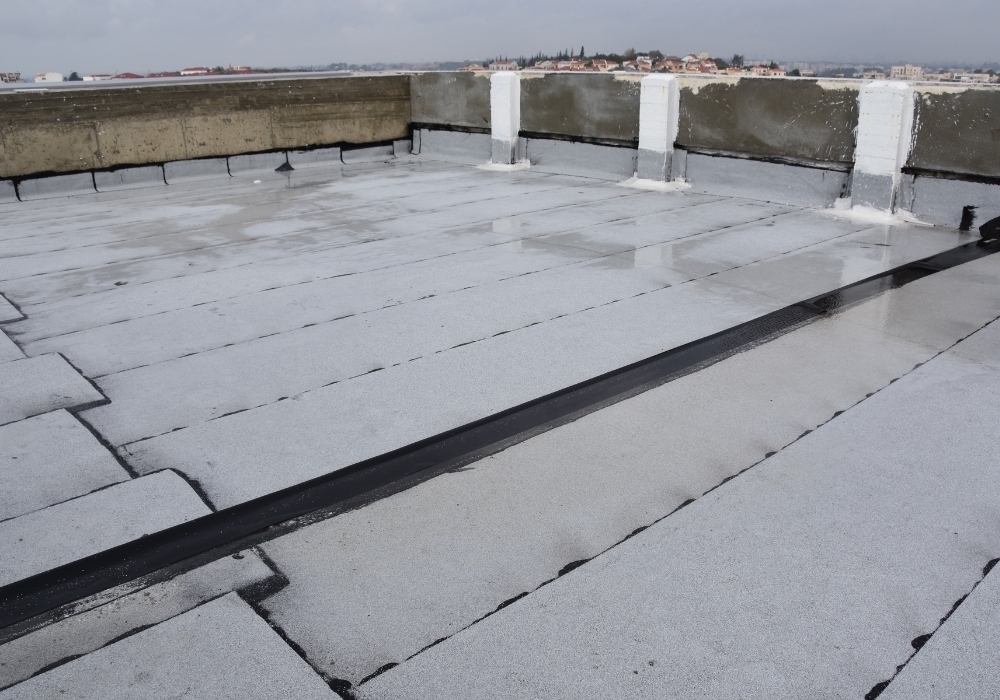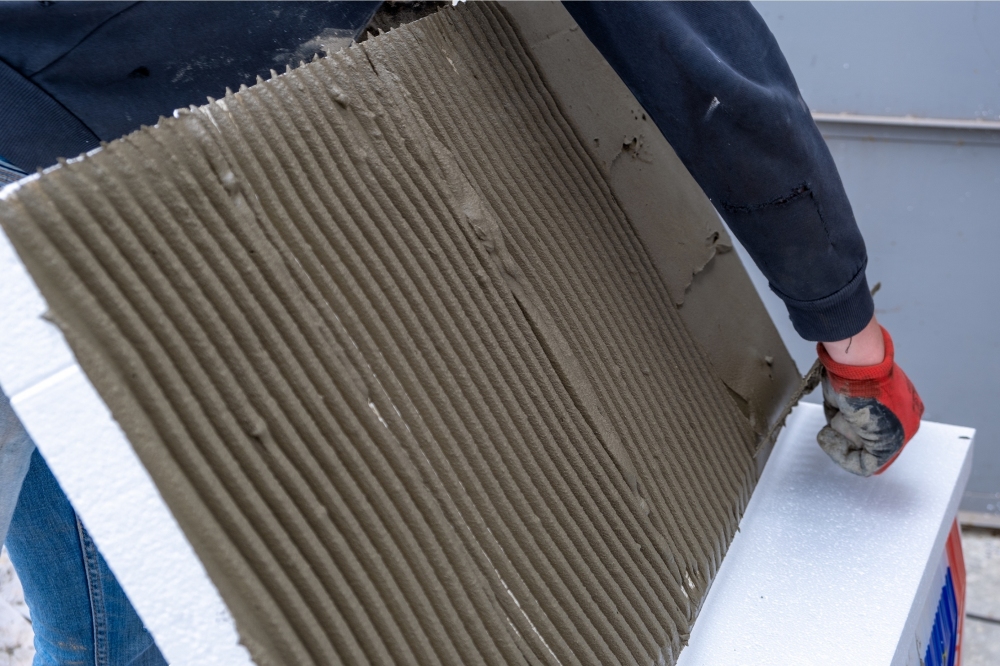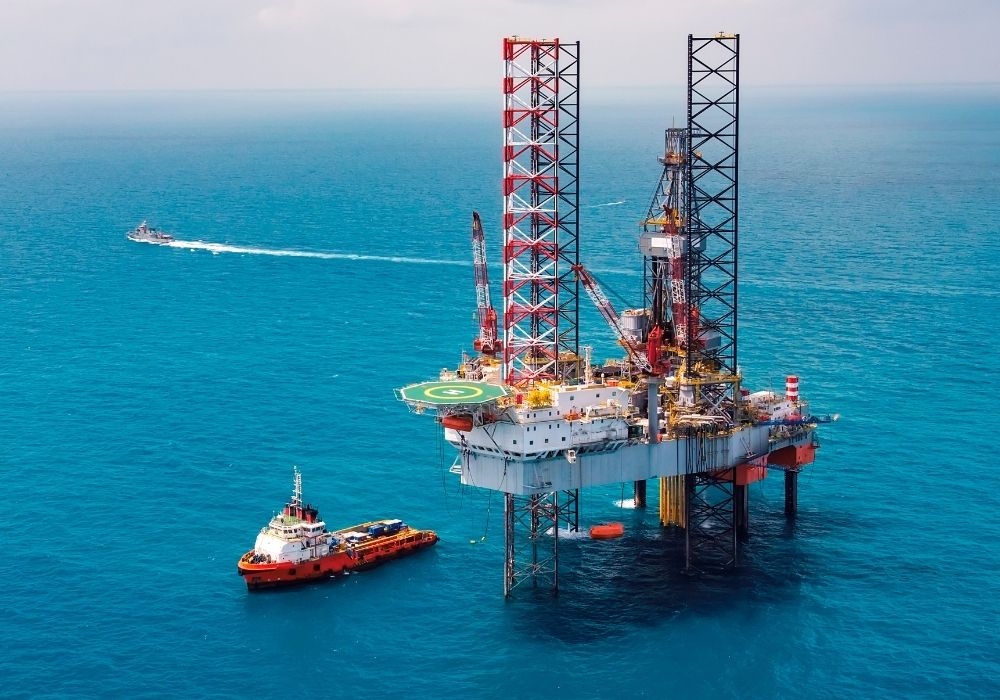
Design Criteria of Offshore Structures | Marine Structures, Software & Standards
Offshore structures are engineering constructions built on the sea for oil, gas platforms, wind turbines, ports, and logistics projects. These structures are exposed to wave, wind, current, and seismic loads, making design criteria crucial. Offshore design requires not only engineering knowledge but also advanced software analyses and compliance with international standards.
Importance of Offshore Structures
-
Energy Sector: Oil and gas platforms safely process extracted resources.
-
Renewable Energy: Offshore wind turbines are vital for sustainable energy production.
-
Ports & Coastal Structures: Provide infrastructure for maritime transport and logistics.
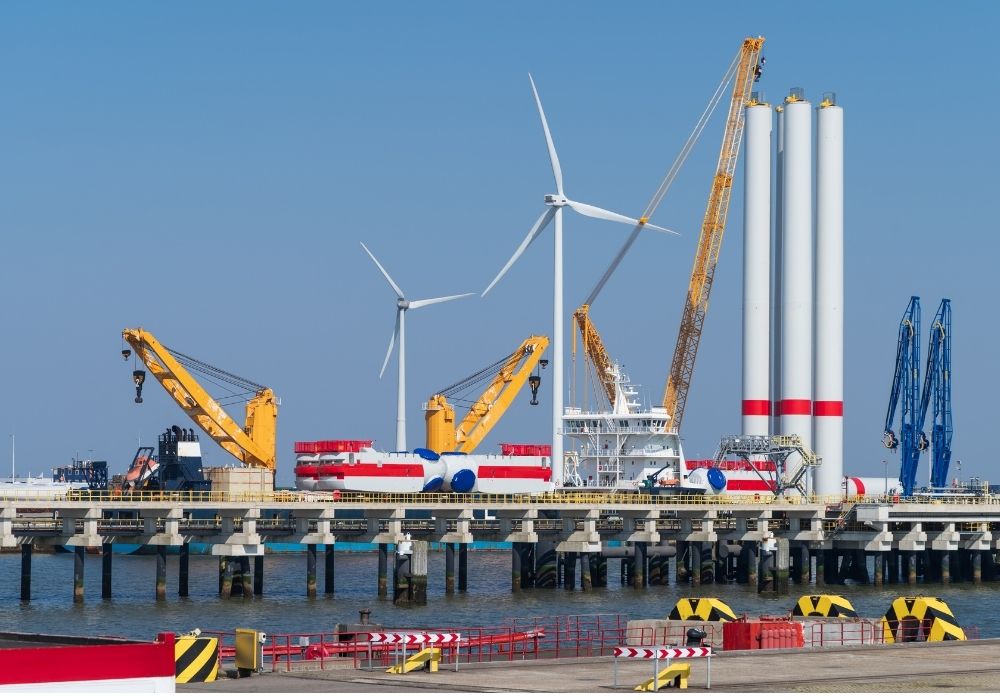
Design Criteria of Offshore Structures
1. Environmental Loads
-
Wave Loads: Calculated using Morison equation and wave theories (Airy, Stokes).
-
Wind Loads: Affect superstructures and turbines, causing dynamic forces.
-
Current Loads: Exert constant force on underwater columns and pipelines.
-
Seismic Loads: Analyzed according to TBDY 2018 and international codes in seismically active areas.
2. Material Selection
-
Steel Structures: High durability and ease of assembly, require corrosion protection.
-
Reinforced Concrete: Stability for deep-water heavy structures.
-
Composite Materials: Corrosion-resistant, reduce maintenance costs.
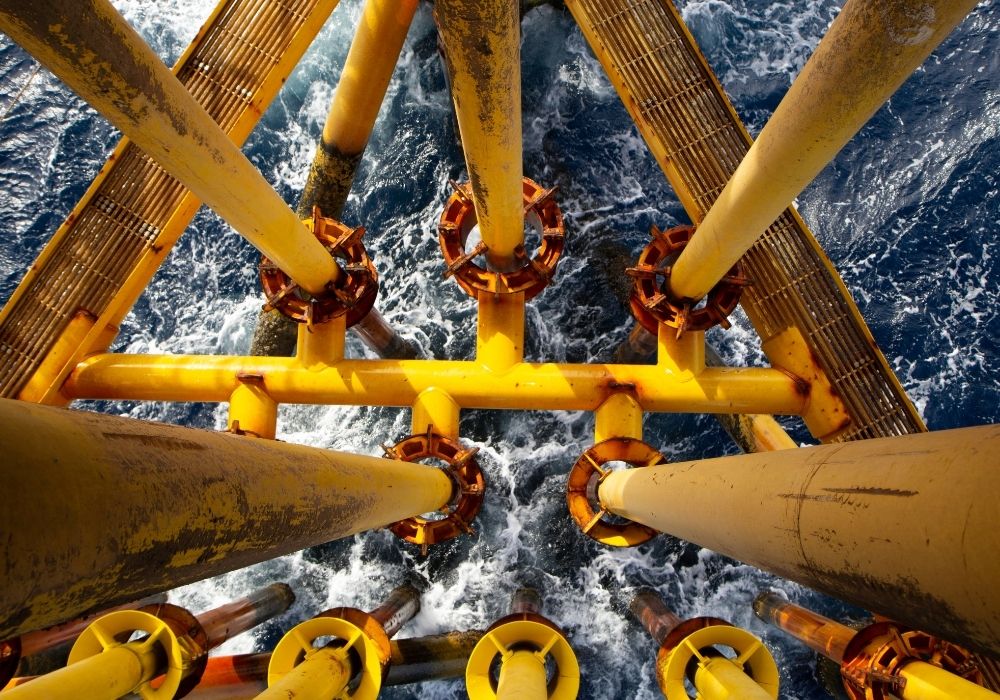
3. Structural Safety
-
High safety factors applied.
-
Emergency scenarios (fire, explosion, collision) considered.
-
Compliance with international standards: API RP 2A, DNV-GL, ISO 19900.
4. Foundation & Soil Conditions
-
Piled Foundations: Suitable for soft seabeds.
-
Gravity Foundations: Used on solid seabeds.
-
Floating Structures: Deep-water structures requiring motion analysis.
5. Economic & Sustainable Design
-
Life cycle cost considered (construction, maintenance, operation).
-
Environmentally friendly and energy-efficient designs prioritized.
-
Modular and portable designs preferred.
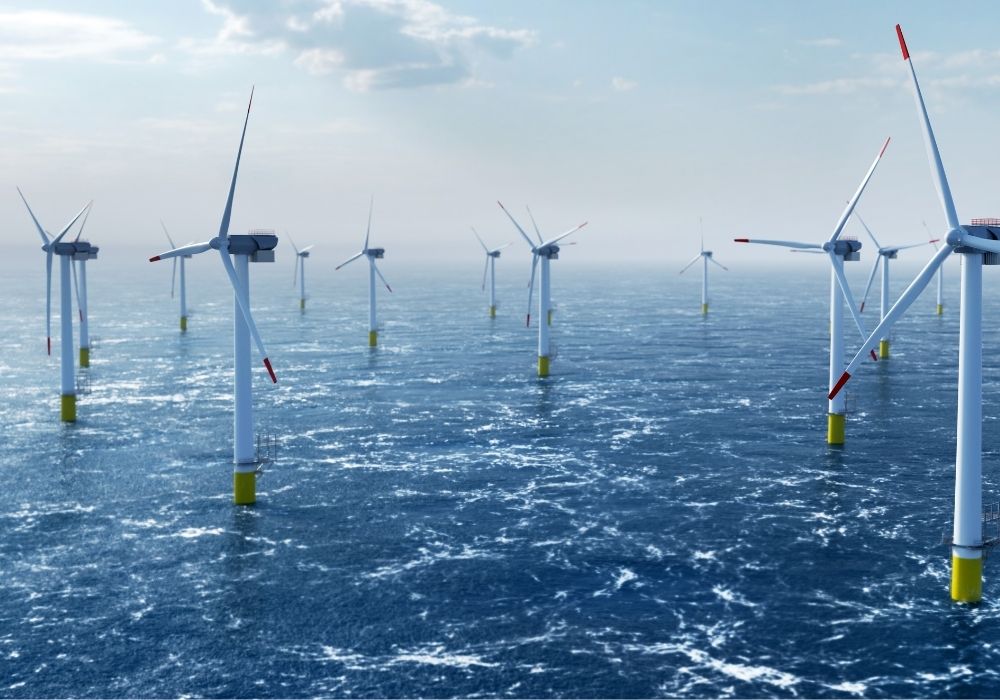
Offshore Design Standards
-
API RP 2A (American Petroleum Institute): Minimum criteria for offshore steel structures.
-
DNV-GL Offshore Standards: Safety, stability, and load analysis guidelines.
-
ISO 19900 Series: International standards for offshore systems.
-
ABS Rules: Classification rules for floating and fixed offshore structures.
-
TBDY 2018: Turkey’s seismic and earthquake design code.

Software Used in Offshore Design
-
OrcaFlex: Dynamic analysis of risers, umbilicals, and mooring systems.
-
ANSYS AQWA: Wave-structure interaction and RAO calculations.
-
SACS: Static and dynamic analysis of offshore steel structures.
-
Sesam (DNV Software): Integrated analysis for complex offshore structures.
-
Abaqus: Finite Element Method (FEM) for material and structural analysis.
-
MOSES: Motion and stability analysis for floating platforms and FPSOs.
Conclusion
Successful offshore design combines environmental load analysis, material selection, compliance with international standards, and advanced software usage. These factors directly affect safety and economic life.
Efil Construction provides software-supported engineering solutions for offshore structures, evaluating wave, wind, current, and seismic loads according to international standards.

